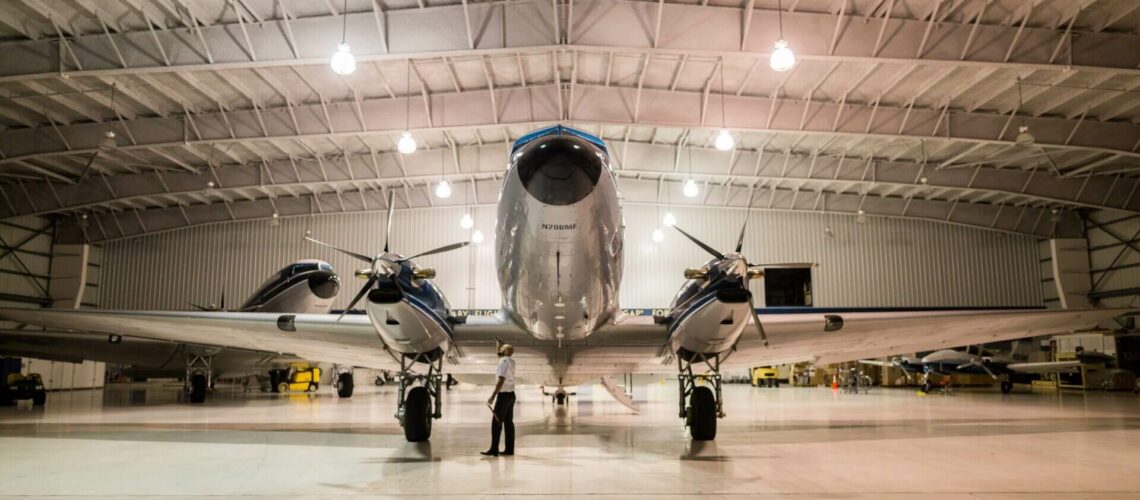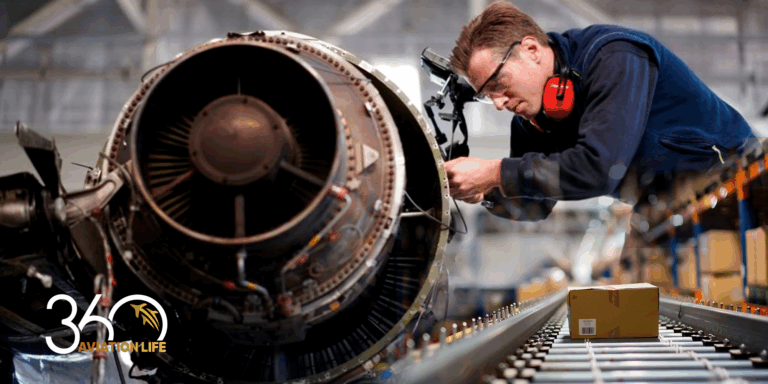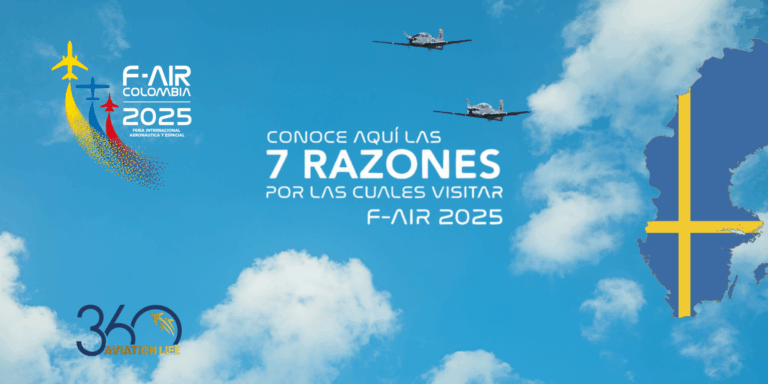The aviation industry is one of the most exciting and challenging in the world, offering a wide range of career opportunities in areas such as mechanics, engineering, airport management, security and many more.
Now, many people who are taking their first steps in the wonderful aviation world asks: “what courses can I follow to have the best aeronautical training?“. Anyone interested in a career in this field will quickly realize that there are many aeronautical career training options that can set you up for success.
However, one of the most common options is the Aeronautical Profesional Formation or Aeronautical PF, a vocational training program that provides students with the knowledge and skills necessary to work in the aeronautical sector.
So, today we will explain a little about the wonderful world of aeronautical PF and the courses available for vocational training in the industry, so that you can choose the option that best suits your interests and skills.
And remember: at 360 Aviation Life we can provide you with the aeronautical PF you need to succeed in the wonderful world of aviation. Explore our courses o contact us for more information for more information.
Table of Contents
Aeronautical PF Options
In Europe, there are a number of aeronautical PF options that can help you enter the exciting aviation industry. But the three most popular are the Aeronautical PF, the Aeronautical Mechanical PF and the Flight Dispatcher program.
It should be noted that, although these training programs have some points in common, each of them has its particularities and the training they provide will qualify you for different jobs within the aeronautical industry. Therefore, it is important that you think carefully about the field in which you want to specialize and look for the program that best suits your interests.
At 360 Aviation Life, we can help you choose the aeronautical vocational training that best suits your interests so that you can enter the wonderful world of aviation fully prepared. Explore our courses orcontact us for more information for more information.
Aeronautical PF Program
As we said, the Aeronautical PF Program is one of the most chosen options for those seeking professional training to enter the world of aviation. Now, what really is Aeronautical PF? It is a two-year program covering topics such as flight mechanics, air navigation, aviation safety, airport management and flight planning.
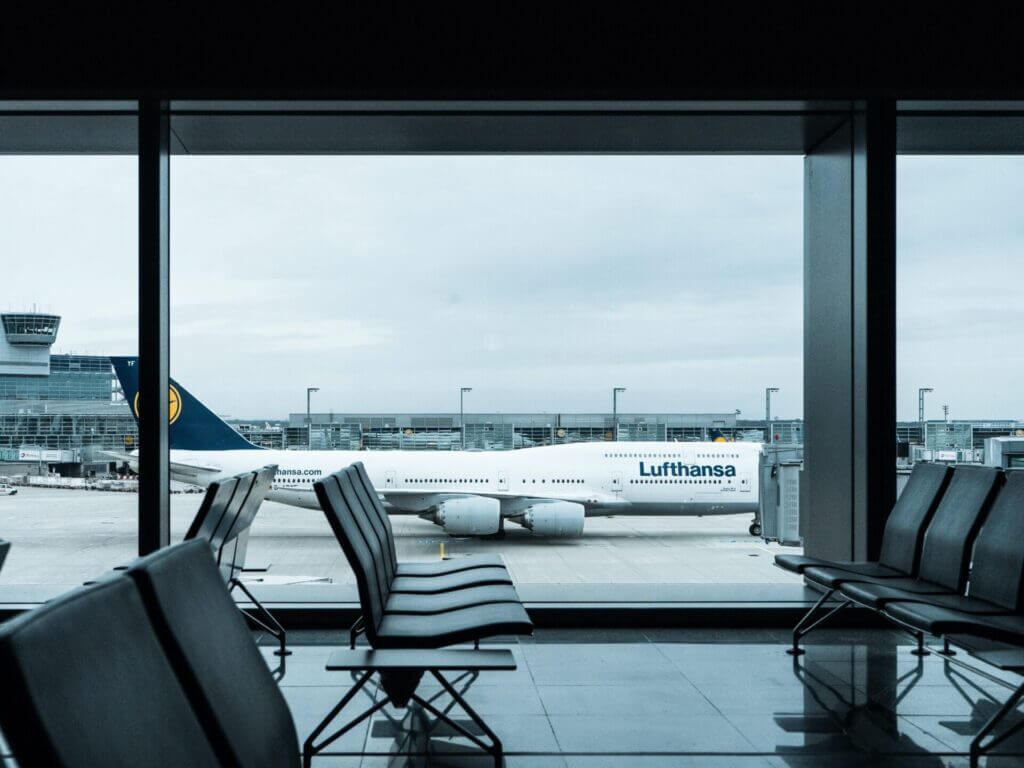
Students who complete this program will be prepared to work in a variety of roles in the aviation industry, as the Aeronautical PF programs cover a wide range of specialties. It is this comprehensiveness and breadth of subject matter that makes it such a sought-after specialization in the aviation industry.
To pass an aeronautical PF program, you usually have to meet certain requirements and successfully pass the necessary exams. Some of these requirements are:
- Education: Most aeronautical PF programs require a minimum level of education, such as a baccalaureate or equivalent. Some programs may have additional prerequisites, such as specific subjects or grades in mathematics and physics.
- Language proficiency: English language proficiency is crucial in the aviation industry. You may be required to demonstrate your English language skills by providing a valid score from an English language proficiency test, such as the International English Language Testing System (IELTS) or the Test of English as a Foreign Language (TOEFL).
- Age requirements: There are usually minimum and maximum age requirements for aeronautical programs. The minimum age is usually around 17 or 18, while the maximum age varies depending on the program and the country. However, many programs do not have a maximum age limit.
- Medical fitness: Aeronautical professionals must meet specific medical standards to ensure that they are physically and mentally fit to perform their duties. You must undergo a medical examination by an authorized aeronautical medical examiner to obtain a valid medical certificate.
- Entrance exams: Some programs may require you to pass entrance exams, which may include tests in mathematics, physics and other relevant subjects. These exams assess your aptitude and readiness for the program.
- Practical training: Professional aeronautical training programs often include practical training components, such as flight simulator sessions or hands-on experience with aircraft systems. You must successfully complete these training modules to pass the program.
- Theoretical and written exams: Throughout the program, you will have to pass theoretical and written exams covering various topics related to aeronautics, such as aerodynamics, aeronautical regulations, navigation, meteorology and aircraft systems. These tests assess your knowledge and understanding of the material taught during the program.
However, keep in mind that the specific requirements may vary depending on the program and the country in which you decide to train, so it is important that you read the programs provided by each aeronautical school. There you will find all the information you need about the curriculum and approval requirements.
Aeronautical Mechanics PF Program
Unlike the aeronautical PF program, the aeronautical mechanics PF is a specialized training program, which focuses on providing students with the knowledge and skills necessary to work on the mechanical aspects of aircraft.
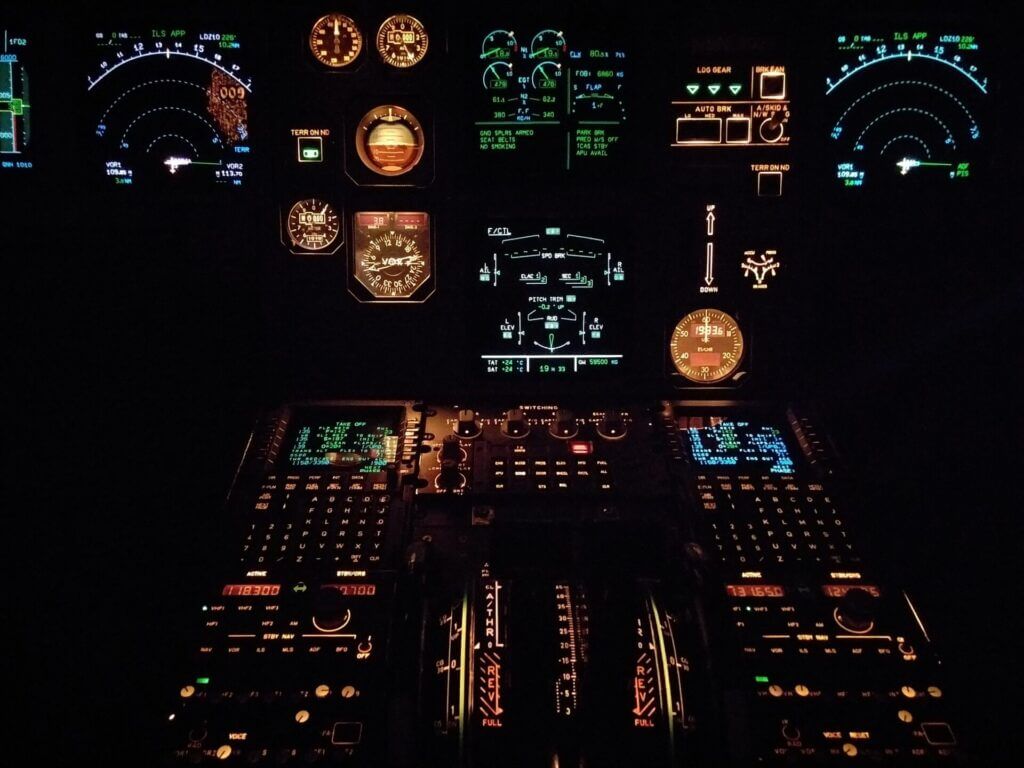
These programs are designed to prepare students for careers in aircraft maintenance, repair and manufacturing, and cover a wide range of topics related to aircraft mechanical systems and components, including engines, airframes, landing gear, control systems and other related systems.
Some of the key aspects that are usually covered in an aeronautical mechanics PF are:
- Fundamentals of Aeronautics: Within an aeronautical mechanics PF, students learn the basic principles of flight, aerodynamics and air safety. They acquire an understanding of the physics and mechanics involved in aircraft operation.
- Aircraft systems: An aeronautical mechanics PF provides in-depth knowledge of various aircraft systems, including propulsion systems (engines), hydraulic systems, electrical systems, fuel systems, avionics and environmental control systems. Students learn about the operation, maintenance, troubleshooting and repair of these systems.
- Maintenance and inspection: In an aeronautical mechanics PF, students are trained in aircraft maintenance and inspection techniques. They learn how to perform routine inspections, identify potential problems, perform repairs and replacements, and ensure compliance with safety regulations and industry standards.
- Manufacturing processes: Aeronautical mechanics PF can cover manufacturing processes specific to aeronautical engineering, such as composite materials, sheet metal fabrication, machining and assembly techniques. Students acquire knowledge of the manufacturing processes involved in aircraft construction.
- Safety and regulation: In aeronautical mechanics PF, emphasis is placed on understanding aviation safety regulations, maintenance procedures and industry best practices. Students learn about safety management systems, accident investigation techniques and the importance of following strict regulations in the aviation industry.
- Practical training: An important part of the aeronautical mechanics PF usually consists of practical training. Students may have hands-on experience working with aircraft components, performing maintenance tasks, operating specialized equipment and using computer-aided design (CAD) software.
- Exams and certifications: Throughout the aeronautical mechanics PF, students may be evaluated through written exams, practical evaluations and projects. Successful completion of the program may lead to industry-recognized certifications or qualifications, depending on the specific program and country.
At 360 Aviation Life we have a variety of courses in aeronautical mechanics, through which you can enter the wonderful world of aviation fully prepared. Explore our aeronautical mechanics courses o contact us for more information for more information.
The Flight Dispatcher program
Unlike aeronautical PF and mechanical PF, the Flight Dispatcher program focuses on flight coordination and management, and prepares students to work in a variety of roles related to the planning of them.
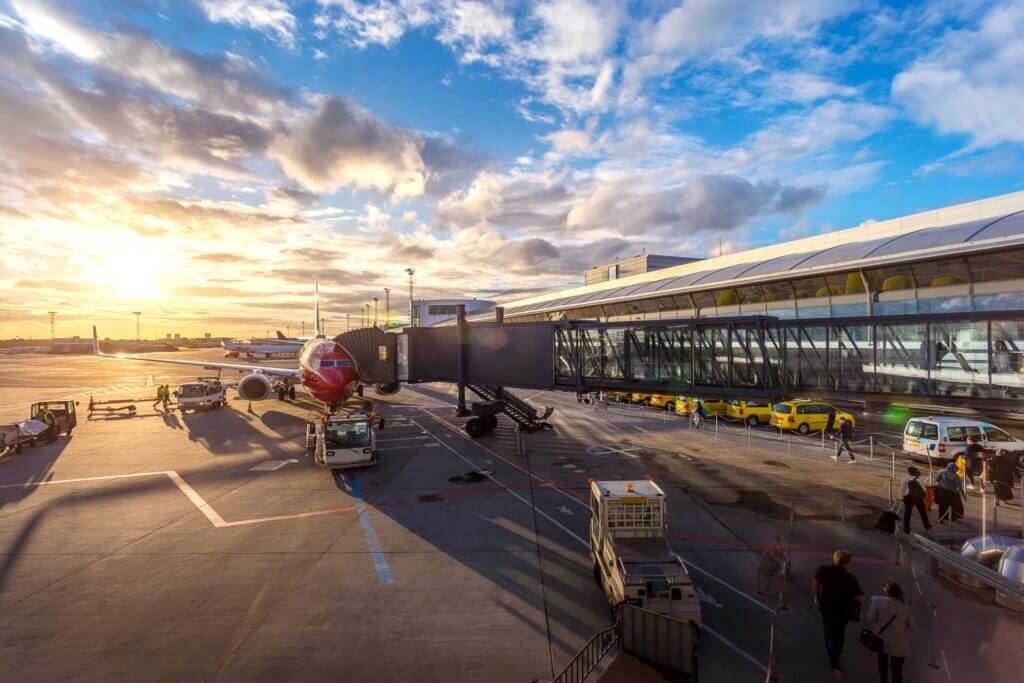
Students who choose this training class will learn the key aspects of air traffic, including:
- Flight Planning and Operations: Students learn the principles and procedures related to flight planning and operations. This includes understanding weather analysis, navigation charts, airspace regulations, fuel planning and route selection. Students also learn to interpret weather data and make informed decisions regarding flight path and fuel management.
- Aircraft Systems and Performance: The program provides an understanding of aircraft systems and performance parameters that affect flight operations. Students learn to calculate aircraft weight and balance, takeoff and landing performance, fuel consumption and the impact of environmental factors on aircraft performance.
- Air traffic control and communications: Students gain knowledge of air traffic control procedures and communication protocols. They learn to communicate effectively with air traffic control centers, pilots and ground personnel to coordinate flight operations, obtain clearances and handle emergency situations.
- Flight supervision and coordination: The program focuses on teaching students how to supervise flights in real time, track aircraft progress and ensure compliance with flight plans and regulations. They learn to assess potential problems or deviations from the planned route and to collaborate with pilots and operations teams to make the necessary adjustments.
- Emergency response and crisis management: Trainees are trained in handling emergency situations, such as engine breakdowns, diversions and adverse weather conditions. They learn how to coordinate with relevant authorities, communicate with flight crews and implement emergency response procedures to ensure the safety and well-being of passengers and crew.
- Regulatory compliance and documentation: The program covers aviation regulations and documentation requirements. Students learn about the applicable regulations, reporting procedures and documentation required for flight dispatch operations. They understand the importance of complying with regulatory standards and maintaining accurate records.
- Computer systems and tools: Flight dispatchers rely on various computer systems and tools to perform their duties effectively. The program may include training in the use of flight planning software, weather monitoring tools, communication systems and other technologies used in flight operations.
Once flight dispatcher training program successfully completedyou will get the certification or license by the appropriate regulatory authorities, which may include validate your competence and will allow you to allows you to work as a flight dispatcher in airlines, flight operations centers and aviation companies.
Tips for choosing the right training program
When choosing an aeronautical PF program, it is important to take into account your professional goals and objectives. If you are interested in working in aeronautical mechanics, for example, you may want to consider an Aeronautical Mechanics PF program. If your goal is to work in flight coordination, it is best to enroll in a Flight Dispatcher program.
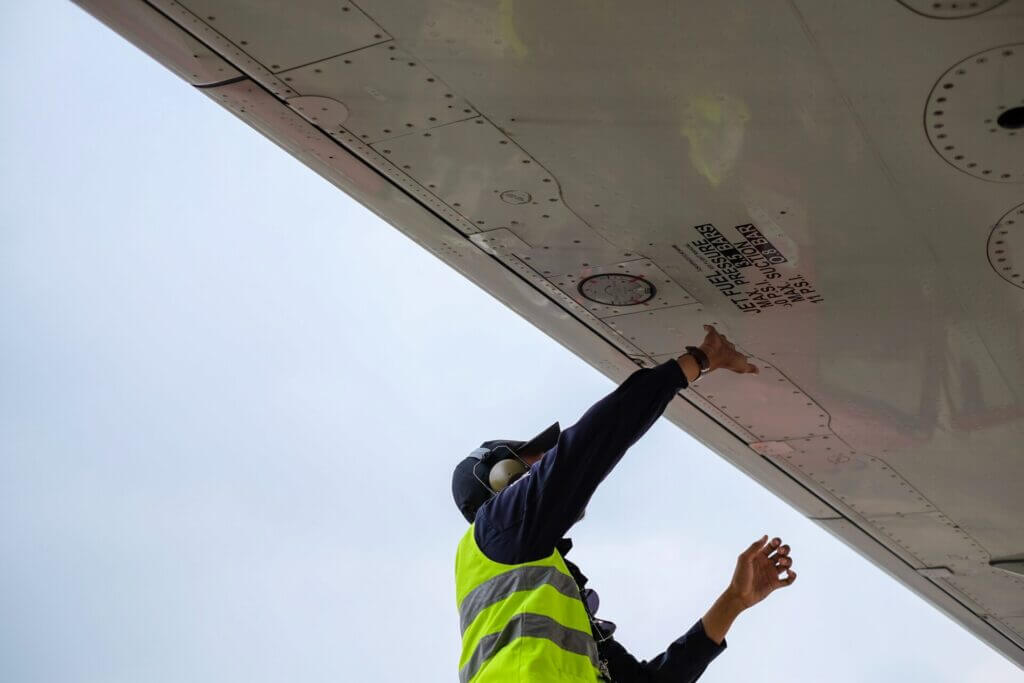
In addition, it is important to carefully research the programs available to determine which one best suits your needs. Some factors to consider when choosing an aeronautical FP program include:
- Reputation and accreditation: Look for programs that are accredited and have a good reputation in the aviation industry. This can help ensure that you are receiving quality training that will be recognized by employers in the future.
- Costs and financing options: Make sure you understand the total costs of the program, including tuition, books and other related expenses. In addition, investigate available financing options, such as scholarships, loans and financial aid programs.
- Hands-on experience: Look for programs that offer extensive practical experience, such as internships, apprenticeships and practical projects. This can help you develop practical skills that will be valuable in the workplace.
- Employability: Research the employment rates of graduates of the program you are interested in. Ensure that the program has a good employment rate and that graduates are well prepared to enter the aviation industry.
Remember that choosing the right training program is an important part of preparing you for a career in the aviation industry. So take the time to carefully research your options and make sure the program you choose fits your goals and needs.
At 360 Aviation Life we have a great variety of aeronautical mechanic courses and you can contact us if you have if you have any doubts about which aeronautical PF best suits your needs.
Conclusion
In conclusion, vocational studies in the field of aeronautics offer a wide variety of options and job opportunities both nationally and internationally.
The study options are extremely broad, but the most popular are the Aeronautical PF, Aeronautical Mechanics PF, and Flight Dispatcher training, because they offer training that covers various fields of work within the world of aviation.
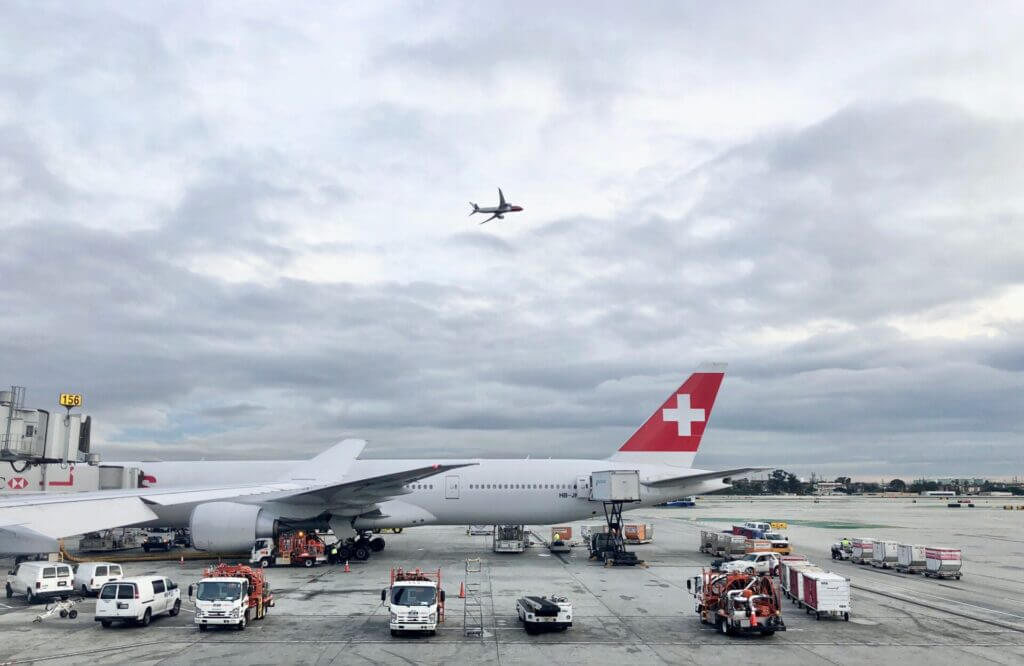
On the other hand, these types of training have a constantly growing labor demand and competitive remuneration in the market. However, like everything else in life, success in this area requires dedication and perseverance in constantly learning new technologies and knowledge.
Therefore, if you are interested in the world of aeronautics and wish to pursue a career in this field, seriously consider professional training in one of these areas of study to boost your professional future and take the time to study each of these programs and choose the one that best suits your interests.
At 360 Aviation Life we offer a wide variety of aeronautical training courseswhere you will be able to train and take flight in the exciting world of aviation. In addition, you can contact us if you have any doubts if you have any doubts about which aeronautical PF best suits your needs.
Sources
European Union Aviation Safety Agency.

